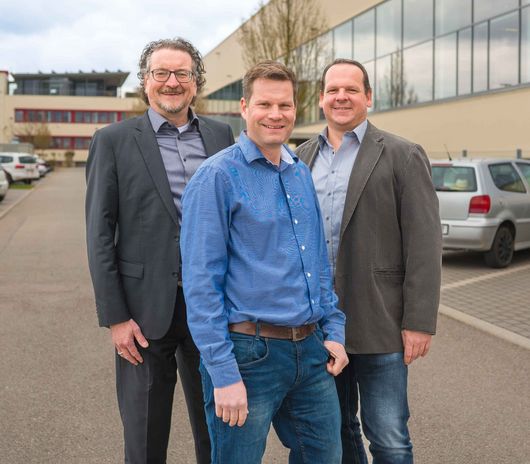Challenges
At H&B, approximately 340 employees are engaged in the production of various items, including plastic housings for automation systems through injection molding. Among other considerations, the external appearance is also important. For instance, in an actuator-sensor box manufactured by H&B, diodes are positioned behind a transparent plastic window. In such scenarios, the tool requires numerous intricate cooling channels positioned near the contour to enable controlled, even dissipation of heat from the plastic during production, ensuring a rapid and uniform cooling process. This is because the specific type of plastic used in this application turns cloudy or milky if it cools down too slowly. In injection molding, the overarching principle for cooling is to keep it as rapid and uniform as achievable. Uniformity ensures quality, while swifter cycle times reduce costs per unit.
The company previously used the mold without temperature control related to the contour but faced issues such as cloudy windows and a high rate of rejected parts. While the tooling experts at H&B have been incorporating printed inserts with near-contour tempering into different tools for some time, they expressed dissatisfaction with the hot-work steels used in the L-PBF processes, particularly 1.2709. As a result, they opted to employ additive manufacturing with the well-known and popular hot-work tool steel 1.2343, a popular choice among toolmakers. Furthermore, they decided to carry out this process using their own 3D printer.
In comparison to the hot-work steel 1.2709, the quenched and tempered steel H11 (1.2343) has various advantages, such as improved wear resistance, thermal conductivity, hot hardness, temperature resistance and the ability to be polished. Its final material properties are fine-tuned through quenching and tempering, making it better suited for applications in mold making. However, due to its increased carbon content and the resulting poorer weldability, it places rigorous demands on the L-PBF process that is used.









